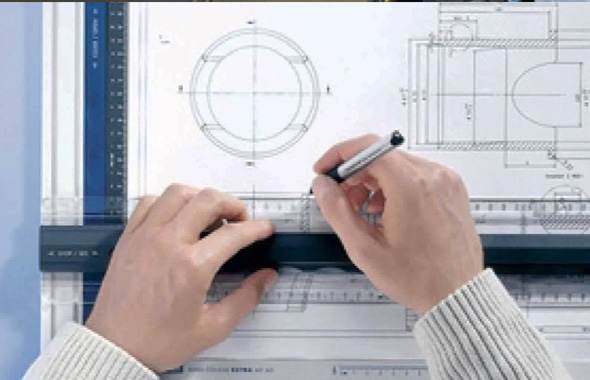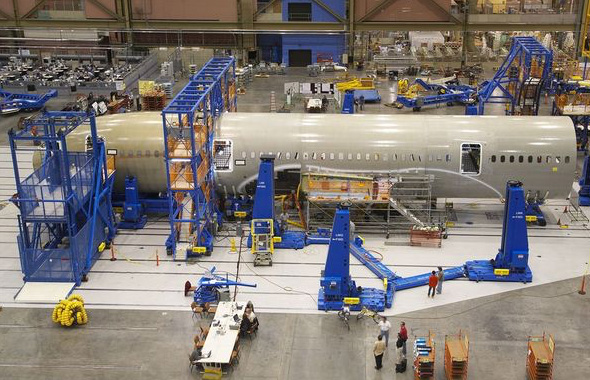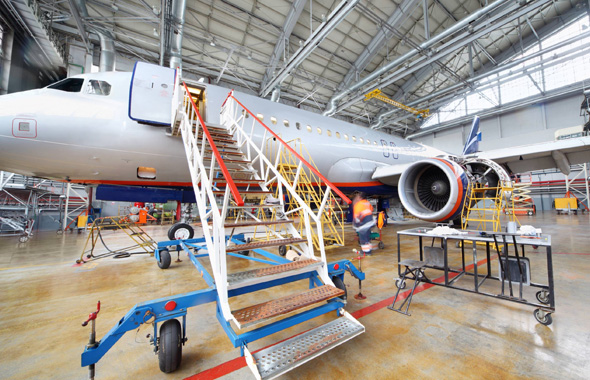MATERIALS AND STRUCTURES, DEFECTS AND TESTING
OBJECTIVES
- Be able to identify the modes of degradation of structures
- Acquire knowledge of the various NDT processes implemented for damage detection
SYLLABUS
• Failure modes / degradation modes:
1 – Corrosion – Introduction: corrosion of materials
– Presentation of the various types of corrosion
– Means of prevention
– Illustration of cases of corrosion
2 – Types of fractures
– Ductile fracture: notion of ductile behaviour, fracture mechanics, illustration
– Brittle fracture: notion of brittle behaviour, fracture mechanics, brittleness factors, illustration
– Fatigue fracture: introduction to the behaviour of structures subjected to variable stresses, fatigue fracture mechanics, factors, illustrations
– Introduction to creeping
• Non-destructive testing:
3 – Review of “conventional” NDT methods: Penetrant Testing (PT), Magnetic particle Testing (MT), Radiography and Radioscopy Testing (RT), Ultrasonic Testing (UT) For each of these methods: principle, possibilities and limits, implementation on base metals and on welded joints
4- Introduction to other NDT methods: Eddy current testing (principle, scope of application), ultrasonic testing methods (phased array, TOFD), infrared thermography, examples of application
TYPE OF STUDENTS
Airframe / structure mechanics – Personnel from design and process planning departments – Maintenance personnel
PREREQUISITES
Notion of the composition of matter and knowledge of airframe materials
DURATION
2 DAYS
PRICE
Consult us




